This article was co-authored by Nicole Moshfegh, PsyD. Dr. Nicole Moshfegh is a Licensed Clinical Psychologist and Author based in Los Angeles, California. Dr. Moshfegh specializes in multicultural competence and treating patients with mood and anxiety disorders and insomnia. She holds a BA in Psychology and Social Behavior from The University of California, Irvine (UCI), and an MA and Doctor of Psychology (PsyD) from Pepperdine University. Dr. Moshfegh completed her predoctoral internship and postdoctoral fellowship at The University of California, Los Angeles (UCLA). Additionally, she is a member of the American Psychological Association, National Register of Health Service Psychologists, Los Angeles County Psychological Association, and Collaborative Family Healthcare Association. Dr. Moshfegh is also the best-selling author of "The Book of Sleep: 75 Strategies to Relieve Insomnia".
There are 12 references cited in this article, which can be found at the bottom of the page.
This article has been viewed 93,258 times.
If you often feel sad but feel the need to hide it, whether for work or socializing, there are ways to maintain composure despite feeling blue. Your body language and expression can help you look happier to those around you. You can also cover up sadness by not letting others see signs like low energy and a lack of appetite. Hiding sadness can be a temporary fix, but it's important to take time to deal with it once you're ready. If you suspect your sadness is caused by depression or another underlying mental illness, seek support from others.
Steps
Calming Down
Take a moment to calm yourself if you're experiencing overpowering emotions.
-
1
-
2Try a relaxation exercise. A relaxation exercise can help you focus on calming down and feeling okay again.[3]
- Meditate[4]
- Do a visualization exercise
- Focus on your senses
Advertisement -
3Take a break. See if you can excuse yourself and go somewhere quiet. Try stepping outside, into a restroom, or somewhere else where you can be alone.
Appearing Happy to Others
-
1Smile. If you want to look positive, work on smiling. While you shouldn't smile too much, as this can come off as fake, offering a smile to friends and co-workers can make you look happy despite negative circumstances.[5]
- Smiling may also lift your mood. If your smile more, this may actually encourage happy feelings in your brain.[6]
- It can be hard to make yourself smile if you don't feel like it. Try doing something like thinking of something funny. You can even reread a funny text or look up something funny on your phone if you're really struggling to smile.
-
2Maintain a relaxed body language. You want to be aware of the messages your body language sends to others. If you appear physically withdrawn, others may think you're sad. In order to hide sadness, work on maintaining relaxed, pleasant body language.[7]
- Keep your arms opened and your palms relaxed.
- Avoid crossing your legs. Try to keep them parallel, or even stretched apart slightly.
- Try to maintain eye contact when talking to someone.
-
3Use positive words. Watch your language. Your sadness may show up in subtle ways, so try to be pleasant in conversation. Try to use happier vocabulary in casual interactions and day-to-day conversation.[8]
- Try to use positive words. If someone, for examples, asks you how you're doing, say something like, "Great" instead of more neutral terms like "Fine" or "Okay."
- Be sure to watch the tone of your voice as well. With the wrong tone, even happy words can sound like they carry sad meanings. Vary your pitch slightly, as a monotone voice can indicate sadness.
-
4Be pleasant towards others. Many times, people who are sad withdraw from others or even take things out on them. If you want to hide the fact you're sad, refrain from doing this. Work on being pleasant around others. This can help you seem happier.[9]
- Smile at others, listen to what they have to say, and offer positive affirmations instead of criticisms. For example, "That's a really interesting story. Thanks for sharing."
- In addition to not criticizing others, do not criticize yourself. If you're sad, you may be tempted to tear yourself down. However, this will only show your sadness. Try not to let a negative inner monologue slip into conversation.
-
5Focus on your breath in moments of sadness. You can't prevent yourself from feeling sadness. In fact, it can be detrimental to avoid negative feelings. However, you can calm yourself down and taper your reactions by focusing on your breath. When you're in a situation where you begin to feel emotional, slow down and pay attention to your breathing. While this won't make negative feelings go away, it can prevent you from showing your emotions externally.[10]
- If you feel sadness building, close your eyes for a moment. Tune in to your breathing.
- Focus on the natural rhythm of your breath. If you feel like you're breathing too fast, try to slow your breathing slightly and breathe in from a deeper place.
Covering Up Sadness
-
1Strive to keep up with daily activities. Oftentimes, people who are very sad withdraw from daily activities. Sad people may not keep up with work, school, or a social life.[11] If you don't want people to know you're sad, strive to go through the motions as much as possible.
- If you're sad, don't push yourself too hard. You don't have to expect you'll do a stellar job at work or school if you're going through something. However, make an effort to show up and do your best.
- Try to schedule activities that you enjoy into your daily schedule.[12]
- Avoid shunning social situations. In addition to helping you hide your sadness, getting out with friends could potentially boost your mood. Try to force yourself to attend social engagements.
-
2Take steps to stay energetic. A lack of overall energy is a common symptoms of sadness.[13] If you're feeling sad, you may notice a dip in energy. To hide your sadness, take steps to increase your overall energy.[14]
- Do some light exercise. Something as quick as a 10 minute walk can boost your energy.
- Stretch. Stretching your body when you're feeling low energy can cause your energy to boost slightly.
- Find something to make you laugh. You can, for example, find a funny YouTube video online to laugh at. This can boost your mood and increase energy.
-
3Identify and avoid any triggers for sad feelings. Reflecting on when and why you feel sad can help you combat feelings of sadness.[15] Certain situations or moments may cause you to feel sad, or make existing sadness worse. If you can figure out your triggers, you can avoid them. This will prevent you from experiencing as intense sadness, making sadness easier to hide.[16]
- Think about when you feel the most sad during the day. Does seeing a certain person make you sad? Does going to a certain place make you sad? Are there certain noises, songs, or other external stimuli that provoke feelings of sadness?
- If so, try to avoid your triggers as much as possible. While it won't eliminate sadness altogether, it can help you avoid situations that intensify your sadness.
-
4Make excuses when necessary. Hiding your feelings takes energy, so find a way out if it's reasonable. There will be times when you miss a social event or seem off during work. If you want to conceal your sadness, think of excuses for your behavior.[17]
- "My allergies are flaring up and I think I need to stay in tonight."
- "I'm pretty worn out and I think I need to go to bed early. I'll see you tomorrow."
- "I already have plans for the evening, but thanks for the invitation." (If they ask what the plans are, say it's personal.)
Taking Action
-
1Ask yourself when you can make time for your feelings. For example, if you're sitting in class, then now is not the best time to have a good cry. When can you make time to process your emotions? Knowing that this is temporary can help you stay resilient until you find time to process what you're going through.[18] [19]
-
2Identify the emotion you're experiencing. Labeling your emotion is a good first step to dealing with it. There are different types of sadness, and knowing which type you're experiencing can help you figure out how to handle it. Perhaps you're dealing with one or more of these feelings:
- Apathetic
- Broken-hearted
- Disappointed
- Discouraged
- Empty
- Lonely
- Mournful
- Regretful
- Self pitying
- Worn out
-
3Decide what you can do about it. Ask yourself "What would help me feel better right now?"
- Talk about it
- Take your mind off of it
- Pamper yourself
- Get some exercise
- Write in a journal[20]
-
4Do something you love to take your mind off it. This might be drawing, gaming, playing music or doing whatever your talent is. Find something that you enjoy doing.
-
5Hang out with a loved one. Find a person who makes you feel happy, and go see what they are doing. Maybe you can help them, or talk about their day. Sometimes focusing on someone else can get your mind off of your own troubles.
-
6Talk to someone. It will help you to feel better. It's unhealthy to bottle up your feelings and caring people are always willing to listen. There is always someone who will listen and people do care about you and your well-being. You are not a burden and neither are your problems, so one of the best things is to express your feelings openly. [21]
Knowing When to Seek Help
-
1Seek help immediately if you feel suicidal. You should never hide sadness indefinitely, and it can actually be dangerous to mask certain feelings. If you're feeling suicidal or thinking of harming yourself, do not hide it. Seek help right away.[22]
- If you're feeling suicidal, you can call or text 988 in the United States to get help. If you're outside the U.S, you can visit Suicide.org to find a similar service in your country. If you're thinking of hurting yourself, or if you have, call 9-1-1 or emergency services in your area.
- You should never keep suicidal feelings to yourself. Do not worry about burdening others with such thoughts. If you're feeling suicidal, remember your friends and family members care about you. They will want to help you feel better.
-
2Recognize the symptoms of clinical depression. Clinical depression is a type of sadness that should not be ignored. If you want to keep your depression private from co-workers and casual acquaintances, that's okay. However, close friends and family members should be alerted if you're feeling depressed. Reach out to others if you notice any of the following symptoms:[23]
- Lack of energy
- Loss of pleasure in everyday activities
- Sleep problems
- Changes in weight
- Feeling hopeless
- Irritability or anger
- Self-loathing
- Excessive, continual, or random crying
-
3Seek support if you are depressed. If you are depressed, let loved ones know. While support from friends and family cannot cure depression, a solid support network can help you work your way through it. Friends and family members may also be able to help you find a therapist and encourage you throughout your treatment.[24]
- Never be ashamed to admit you have a mental illness. Many people suffer from depression and it is nothing to be ashamed or embarrassed by.
- It can be nerve-racking to ask for support, but keep it simple and just ask. Say something like, "I've been going through a pretty serious bout of depression lately. If I need to talk, is it okay if I give you a call?"
-
4See a therapist for depression. Ask your regular doctor for a referral or talk to your insurance company. You may also be entitled to free counseling through your university if you're a student. If you have clinical depression, professional support is necessary.[25]
- Depression can be treated in a variety of different ways. Therapy on its own can help, but in some cases a therapist may recommend medication.
References
- ↑ Nicole Moshfegh, PsyD. Licensed Clinical Psychologist. Expert Interview. 5 August 2021.
- ↑ https://www.uofmhealth.org/health-library/uz2255
- ↑ https://www.mayoclinic.org/healthy-lifestyle/stress-management/in-depth/relaxation-technique/art-20045368
- ↑ Nicole Moshfegh, PsyD. Licensed Clinical Psychologist. Expert Interview. 5 August 2021.
- ↑ http://changingminds.org/techniques/happiness/act_happy.htm
- ↑ https://www.scientificamerican.com/article/smile-it-could-make-you-happier/
- ↑ http://changingminds.org/techniques/body/relaxed_body.htm
- ↑ http://changingminds.org/techniques/happiness/act_happy.htm
- ↑ http://changingminds.org/techniques/happiness/act_happy.htm
- ↑ https://www.ncbi.nlm.nih.gov/pmc/articles/PMC6137615/
- ↑ http://www.helpguide.org/articles/depression/depression-signs-and-symptoms.htm
- ↑ Nicole Moshfegh, PsyD. Licensed Clinical Psychologist. Expert Interview. 5 August 2021.
- ↑ http://www.helpguide.org/articles/depression/depression-signs-and-symptoms.htm
- ↑ http://www.health.com/health/gallery/0,,20559973,00.html
- ↑ Nicole Moshfegh, PsyD. Licensed Clinical Psychologist. Expert Interview. 5 August 2021.
- ↑ https://www.psychologytoday.com/intl/blog/the-empaths-survival-guide/201902/5-techniques-heal-your-emotional-triggers
- ↑ http://www.huffingtonpost.com/lexi-herrick/11-habits-of-people-with-_b_6384062.html
- ↑ https://nickwignall.com/scheduled-sadness/
- ↑ Nicole Moshfegh, PsyD. Licensed Clinical Psychologist. Expert Interview. 5 August 2021.
- ↑ Nicole Moshfegh, PsyD. Licensed Clinical Psychologist. Expert Interview. 5 August 2021.
- ↑ Nicole Moshfegh, PsyD. Licensed Clinical Psychologist. Expert Interview. 5 August 2021.
- ↑ http://www.helpguide.org/articles/depression/depression-signs-and-symptoms.htm
- ↑ http://www.helpguide.org/articles/depression/depression-signs-and-symptoms.htm
- ↑ http://www.helpguide.org/articles/depression/depression-signs-and-symptoms.htm
- ↑ http://www.helpguide.org/articles/depression/depression-signs-and-symptoms.htm
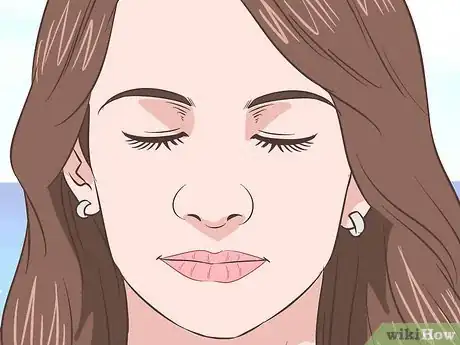


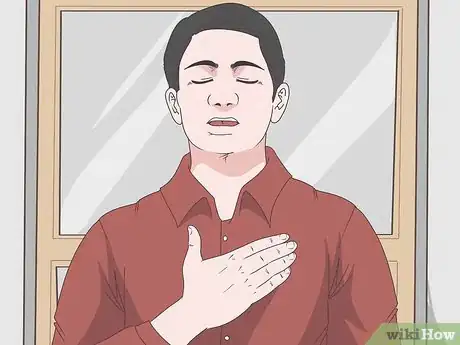


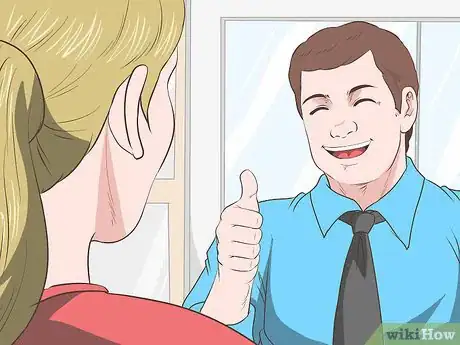

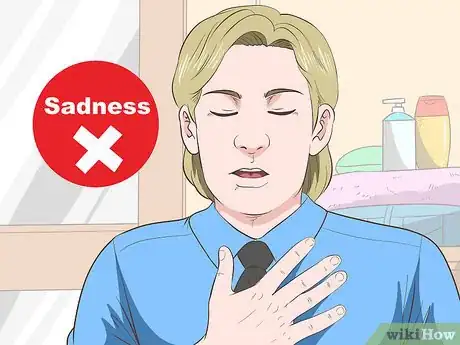
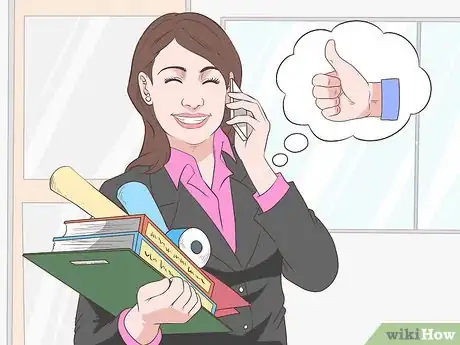


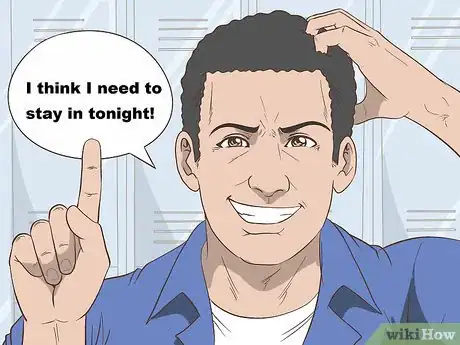
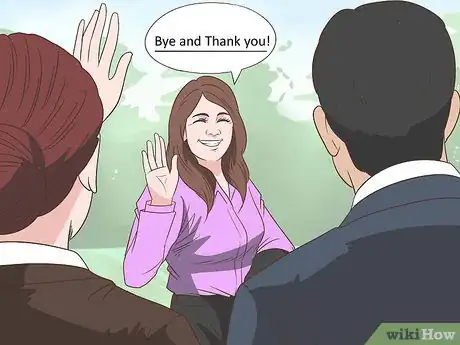





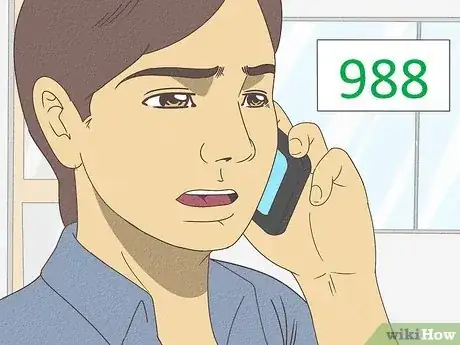
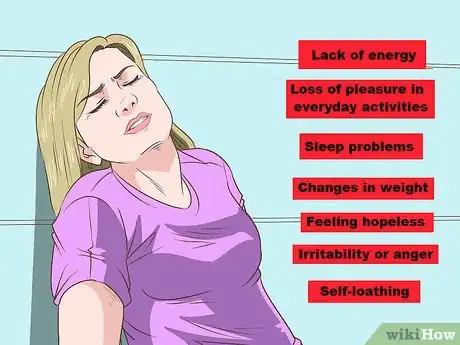
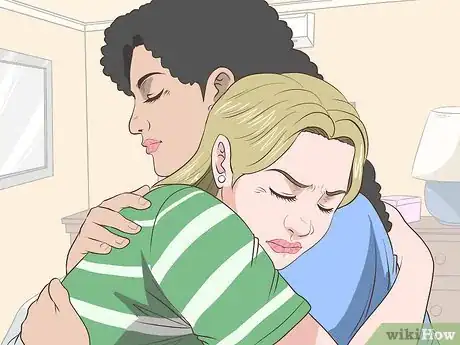
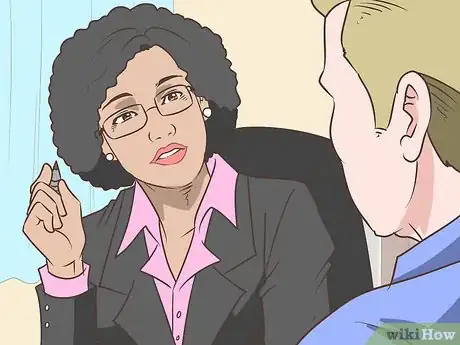



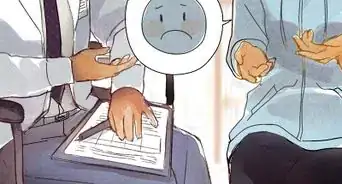























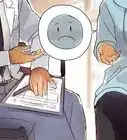



































Medical Disclaimer
The content of this article is not intended to be a substitute for professional medical advice, examination, diagnosis, or treatment. You should always contact your doctor or other qualified healthcare professional before starting, changing, or stopping any kind of health treatment.
Read More...